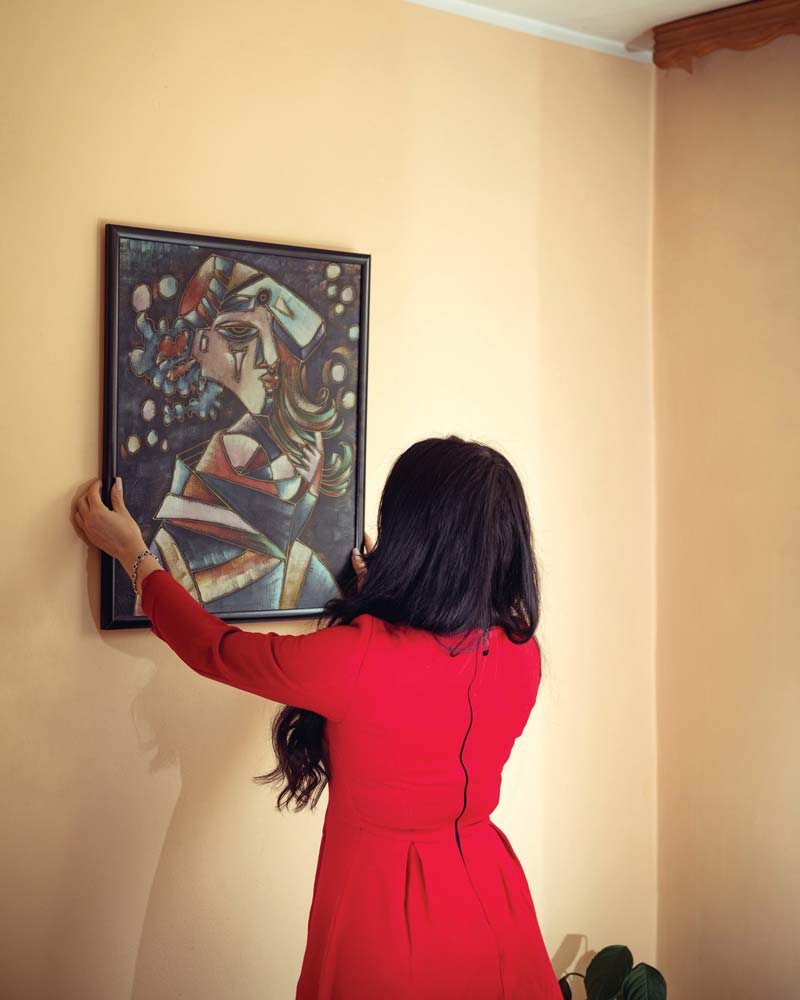Rooms impact us. Sometimes walking into a space we feel inspired, perhaps even awed, and the best places are those where we feel like we have come home. Not just to our outer homes, but to our inner homes as well. These places feel sacred.
As an interior architect, designer, and psychologist, I have spent years studying the connection between our inner and outer worlds. Our own environments express not only our personalities but are also mirrors for our deep subconscious. They tell stories about who we are, and who we would like to be. The deeper we are prepared to explore those stories—whether they are family histories, myths we create to carry our dreams, or unconscious ways we hide past trauma—the clearer it becomes that our spaces tell a lot more about us than we imagine. It is almost impossible to create harmony when we unconsciously create spaces that don’t reflect our authentic selves.
Here are some examples that illustrate how people may unconsciously manifest issues in their spaces.
Abuse

Jane’s house was more appropriate for a little girl. Soft cuddly toys covered her bed, her bookshelves were filled with dolls, and her garden was dotted with fairies and gnomes. Her fridge magnet said it all: “Grandmas are just little girls in high heels.” Right there in plain view was the problem. Home was meant to be Jane’s safe place. Not surprisingly, therapy revealed that Jane had been abused, and the last time she actually felt safe, was when she was five years old. Her retreat into magical thinking was not helping. As she did her inner work, Jane was able to find a deeper sense of security. She was able to give up the transitional objects that serve to help children feel safe in a scary world, replacing them with comfy couches and an English cottage look that maintained the cozy feeling she desired but was more appropriate for her secure adult self.
Grief

Sarah suffered numerous losses when she was young and, in her innocence, blamed herself. She had a deep seated fear of loss of control and became overly perfectionistic. She was obsessive about neatness and labeled all her drawers and color coded her clothes and the books on her bookshelves. Nothing was out of place and everything matched. As she worked through her past trauma she came to see that her early losses were not her fault and could understand that her constant need for perfection was an unconscious attempt to avoid pain. When she was able to recognize that, she become more relaxed at home, more daring in her décor, and described her new space as “more of an adventure and less like a self-imposed fortress.”
Bullying

Andrew was bullied as a child and felt inadequate as a result. As soon as he became financially successful, he bought the biggest and best of everything trying to convince himself, and everyone else, that he had worth. His apartment was a showpiece, a beautifully designed shell with no soul. This “template,” however, only served to re-reinforce his feeling that the “real” Andrew was not worthy of being seen. Therapy helped him to discover his real worth, and he flourished when he could allow his true personality to shine in his life and in his space.
Attention Deficit Disorder

David was so overwhelmed by his emotions and his busy daily life that he could not find the energy to tidy up. The clutter and mess in his home only served to reinforce his feelings of chaos. While working with him it became clear that he had an undiagnosed Attention Deficit Disorder. Once he was able to get medication that helped him focus, and he got help with his organizational skills, his home became a welcome base from which to maintain order in the rest of his life.
Conditioned Loss of Self

Coming from an austere religious family, Beth was brought up to believe that life was only a precursor to heaven, and that focus on material things was superficial. Her house was sparse and felt unloved, yet she secretly craved beauty. Her relief was immense when, through inner work, she was able to recognize that some of her long-held beliefs were simply concepts. Once she did, she was able to create a beautiful home filled with plants, art, and precious religious icons, gracefully integrating all sides of her personality.